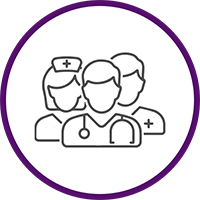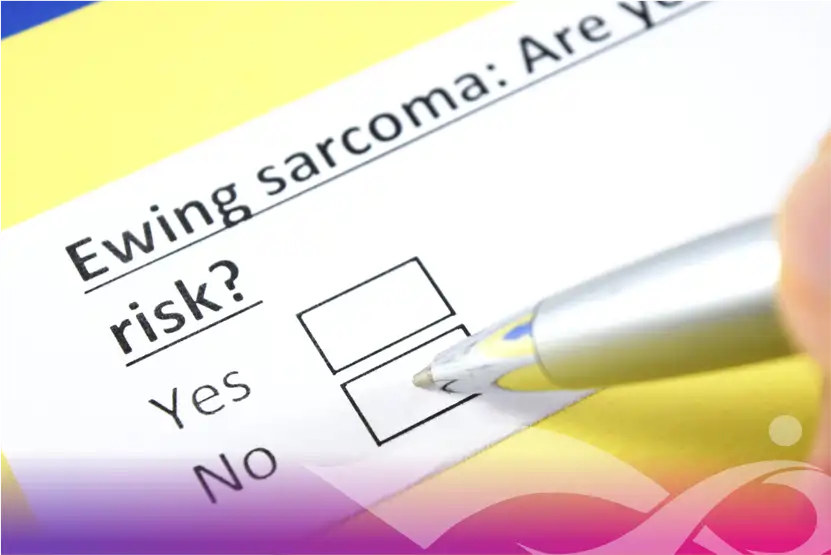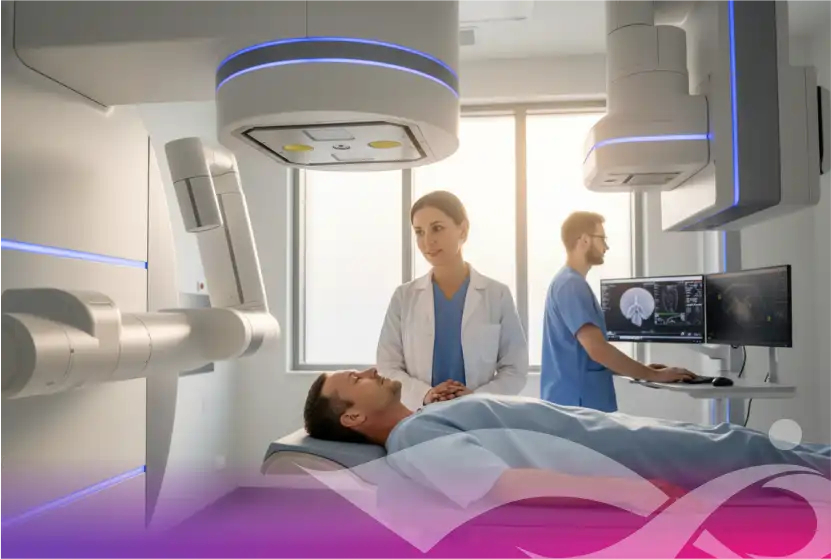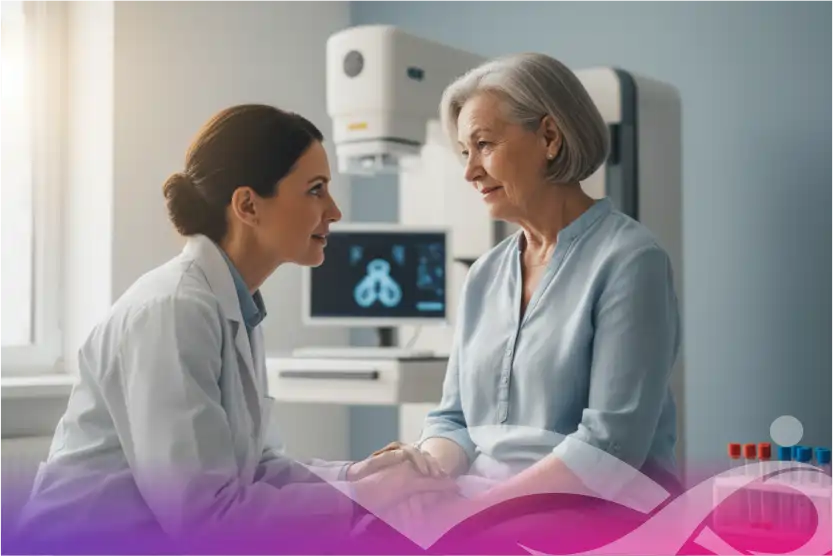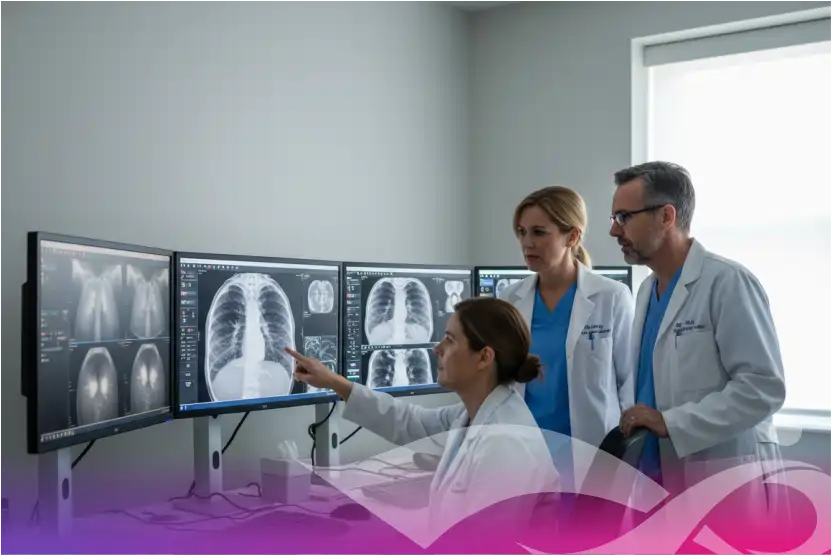Ewing sarcoma is a rare and aggressive type of cancer that mostly affects bones or the soft tissue around them. It mostly affects kids, teens, and young adults. Getting a diagnosis of Ewing sarcoma can be hard and emotionally draining for families. However, significant advancements in treatment over the past few decades have brought substantial improvements in Ewing sarcoma survival rates in children, offering considerable hope and better long-term outcomes. At the International Oncology Cancer Institute (IOCI), we are committed to providing the best possible care and support based on the latest research and clinical practices.
Understanding Survival Rates and Treatment Approaches in Ewing Sarcoma
It's hard to understand survival rates because they depend on a lot of different things. The most important thing that affects how likely a child with Ewing sarcoma is to survive is whether the cancer has spread (metastasized) when they are diagnosed. Localized Ewing sarcoma, where the tumour stays in the same place, has a five-year survival rate of 70–80%. This means that 70–80% of children who were diagnosed with a localized disease five years later are still alive. The five-year survival rate could drop to 20–30%, though, if the cancer has spread to other bones or organs far away, like the lungs. The child's age, the size and location of the tumour, and how well the cancer responds to early treatment are other factors that affect the prognosis.
A multidisciplinary approach that combines different therapies is usually used to treat Ewing sarcoma. Chemotherapy is almost always the first step in treatment, even if the cancer seems to be localized. This is because tiny cancer cells may have already spread throughout the body. How chemotherapy kills cancer cells is by using powerful drugs that target and destroy rapidly dividing cells, including cancer cells.. The way these drugs are given is very careful, and they get to cancer cells wherever they are in the body through the bloodstream. Combination chemotherapy regimens are often used for Ewing sarcoma. They are given in cycles to get the best results and give the body time to heal between treatments. Local control measures like radiation therapy and/or surgery are used to get rid of the tumour. This is done to get rid of any cancer cells that may still be there after chemotherapy.
The Power of Clinical Trials in Advancing Ewing Sarcoma Treatment
The continuous improvement in Ewing sarcoma survival rates in children is a testament to ongoing research and the pivotal role of how clinical trials help cancer treatment. Clinical trials are research studies that look at new ways to use existing treatments, new combinations of existing treatments, or new ways to test new treatments. Clinical trials are especially important for rare cancers like Ewing sarcoma because they help us learn more and lead to treatments that are less harmful and more effective. A lot of the treatments for Ewing sarcoma that are common now were once new ideas that were tested in clinical trials. Taking part in these trials not only gives patients access to treatments that could change the game, but it also gives researchers valuable information that will help kids with this diagnosis in the future.
At IOCI, our pediatric oncology specialists are dedicated to providing kids with Ewing sarcoma with caring, research-based care. We are committed to talking about all the treatment options available, including participating in relevant clinical trials, in order to give our young patients and their families the best chance of success. We understand how stressful it can be to get this kind of diagnosis. The road ahead may be hard, but the significant rise in survival rates gives us hope and keeps us looking for better futures.
Consult us at any of our locations—across IOCI Noida, Greater Noida, Mumbai, Indore, Aurangabad, Agartala, Saharanpur, Kanpur and Jodhpur.

